We already talked about how Platform Engineering is bringing a paradigm shift in the Software development process and how Kubernetes is powering this new revolution.
Gartner tagged Platform Engineering as an emerging tech in their annual Hype Cycle in 2022. It has only grown in its presence around the world.
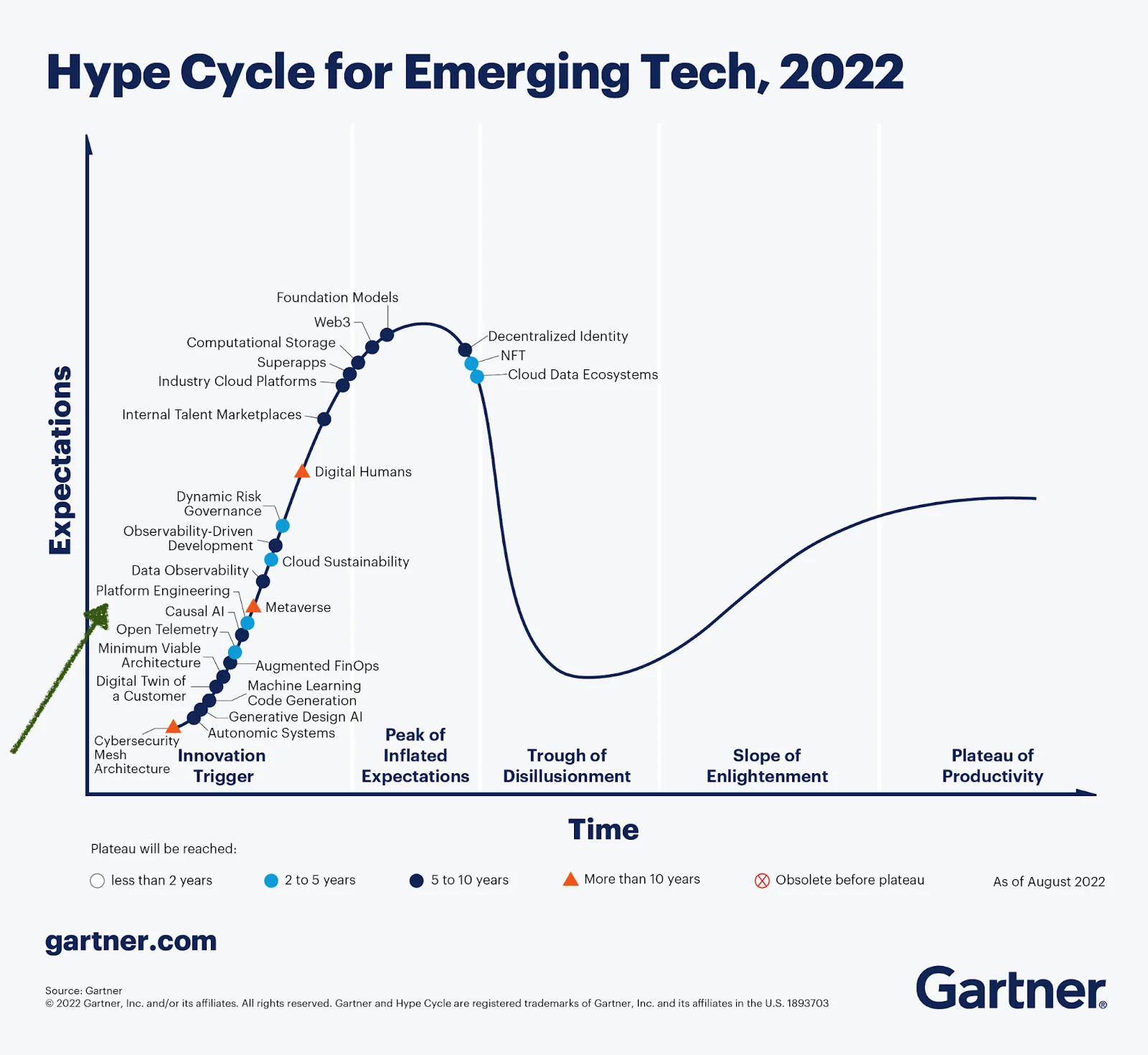

Overwhelmingly, organizations have found immense benefits from transitioning to Platform Engineering. Common benefits include improved system reliability, efficiency, and delivery time. The adoption has also improved standardization and thus, the security of the overall infrastructure.


Let us now explore this topic further and understand how the Kubernetes ecosystem can help in development of cloud-native platforms.
Current State of Platform Engineering
Platform Engineering is the practice of designing and building shared self-servicing infrastructure platforms for the internal users.
Our blog “How Kubernetes Powers the Foundation of Platform Engineering for Cloud-Native Development” talks more about why Platform Engineering came into existence, how it is different from existing DevOps and SRE functions and how it is being adopted in software development cycles.
Its evolution and goals
When it comes any of these practices, be it Platform Engineering or DevOps or SRE, the objective has always been to deliver software at scale faster and in a more efficient way.
As more DevOps pipelines started getting incorporated in the development, it became harder to maintain consistency in security and compliance measures. Developers also spent a lot of time trying to understand different technologies and get the Infrastructure-as-code running. This made some DevOps pipelines more efficient than others.
It also meant that the DevOps teams were split between maintaining all these pipelines and trying to create a stable infrastructure-as-code in the company.
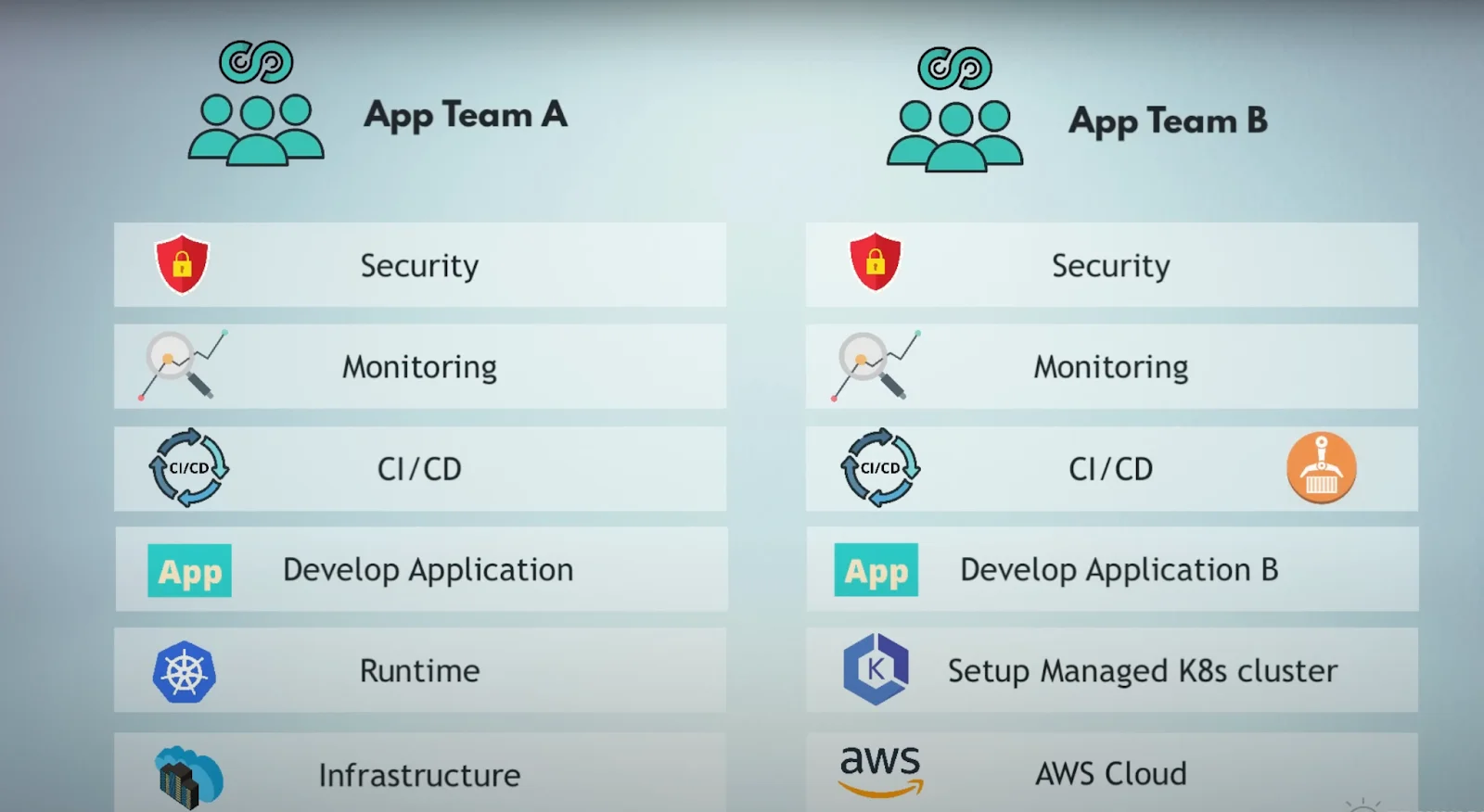

Platform Engineering in many ways is an extension of the DevOps idealogy. It aims to standardize and merge many aspects of the software development process.
One of the key drivers in the shift to Platform Engineering has been the Kubernetes ecosystem. Let us now see how Kubernetes is enabling organizations to adopt platform engineering and how you can do it too.
Cloud-native and Kubernetes ecosystem
The concept of platforms isn’t a new one. A platform is basically anything collection of services that help in development and distribution of any software to provide business value.
Today, when we say Cloud-Native Platform development, we are basically talking about building a platform with Cloud services. These services can be categorized into different layers – from low-level hardware provisioning services to high-level services like applying AI/ML models to it.
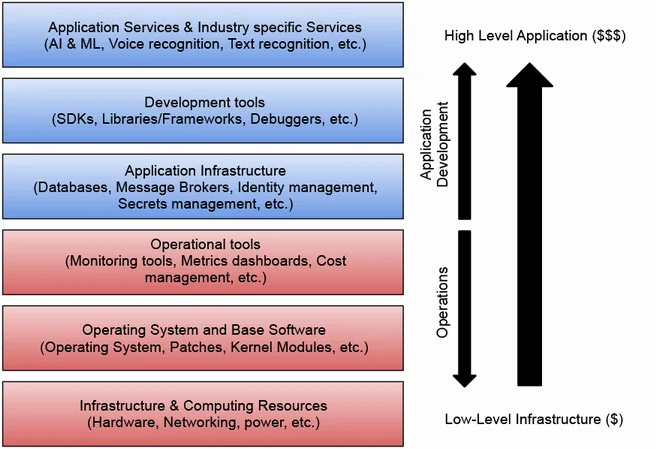

This means while building a platform, we need tools that cater to most of these layers (if not all). This is where the Kubernetes ecosystem shines.
Kubernetes ecosystem
Over the many years, Kubernetes has become one of the most common ways to deploy workloads on any cloud provider. The declarative system in Kubernetes would help define the building blocks.
CNCF – Cloud Native Computing Foundation
CNCF is a project that brings together vendor-agnostic, standardized tools and technologies to help build scalable applications in any type of cloud environment. Kubernetes is one of the core technologies in CNCF and seamlessly integrates with other tools in the CNCF ecosystem.
CNCF landscape of tools and technologies covers all layers of a platform infrastructure. The standardizations enable the system to work together and create loosely coupled but highly scalable architectures.
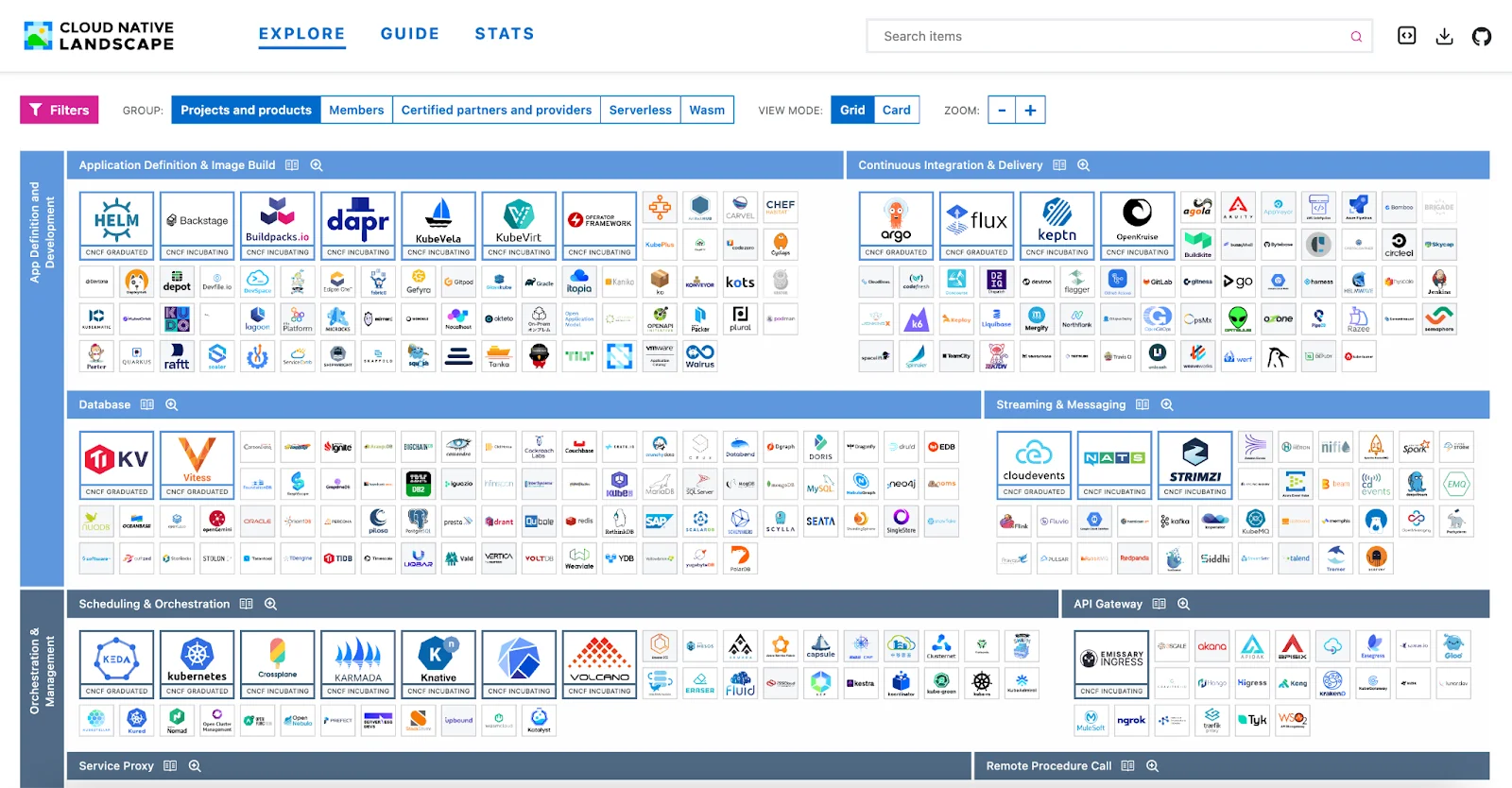

CNCF landscape of tools and technolgies
With Kubernetes API and the tools in CNCF landscape you can create robust self-service platforms to cater to increasing developer needs. By using intuitive tools like Taikun, you can create Kubernetes clusters and do all the integrations on a single dashboard to create scalable infrastructures in just a few mins.
Tools like Taikun can help platform teams, not only speed up the development of these Kubernetes clusters but also help in their management and montoring in a single comprehensive dashboard. This is especially useful for the DevOps/Platform teams to keep up with the fast changes these tools in the CNCF landscape undergo. It helps them abstract the details and focus on design and building the right platform architecture.
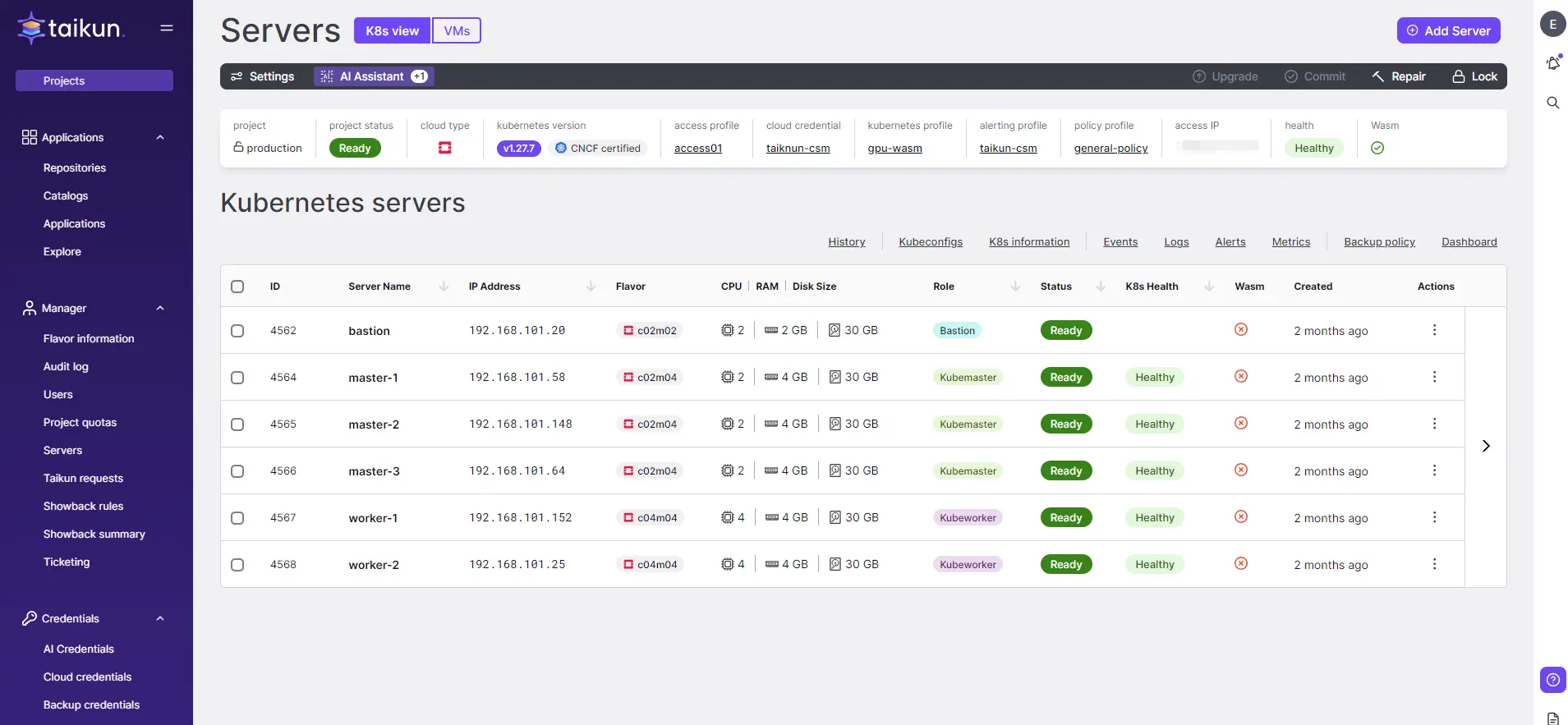
Role of Kubernetes in cloud-native platform development
Let us now look at how a cloud-native platform would be structured using Kubernetes and its ecosystem of tools.
The end result we wish to achieve from any platform is the ability for the developers to self-service their needs using Platform APIs. Thus, the platform teams would use Kubernetes and its ecosystem of tools and integrate them together in such a way that the developers can access these resources by passing simple, intuitive parameters to the newly created platform APIs.
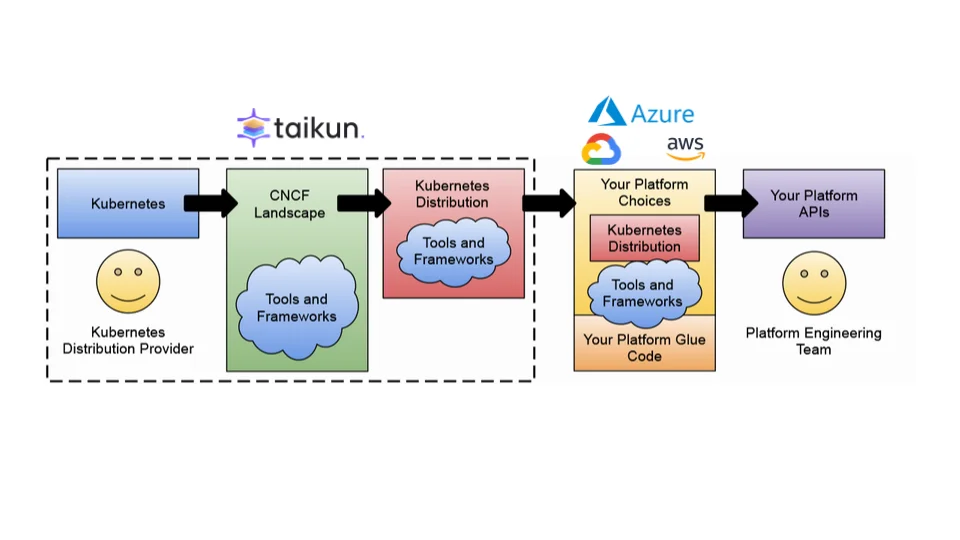

The ecosystem contains the whole suite of tools in all layers i.e. CI/CD tools, Observability tools, Operations tools, AI/ML tools, Server tools. Security tools and Storage tools. Every CNCF project works seamlessly with Kubernetes.
Using the Kubernetes ecosystem for Platform Engineering gives a whole host of incredible benefits. Here are the biggest advantages:
Scalability
For any platform, it is critical to have a scalable setup. While building and releasing products, the Internal Developer Platform must be capable to quickly service the developer needs and provide the infrastructure necessary to support a quick development cycle.
Kubernetes deployments are just declarative YAML files. So to deploy the latest configuration, all that is needed is to update a few YAML files. Besides this, we can also mark the system with autoscaling and replication to further automate the scalability feature.
Here are some more tips to create an auto-scaling architecture with Kubernetes.
Reliability
Kubernetes systems are built for reliability. With its replication controllers, schedulers and many load-balancing techniques, Kubernetes clusters can handle spikes in demand quite effortlessly.
It also has health probes and startup probes to do regualr health checks and creates a self-healing system to quickly tackle downtimes.You can read more about probes in the Kubernetes docs here.
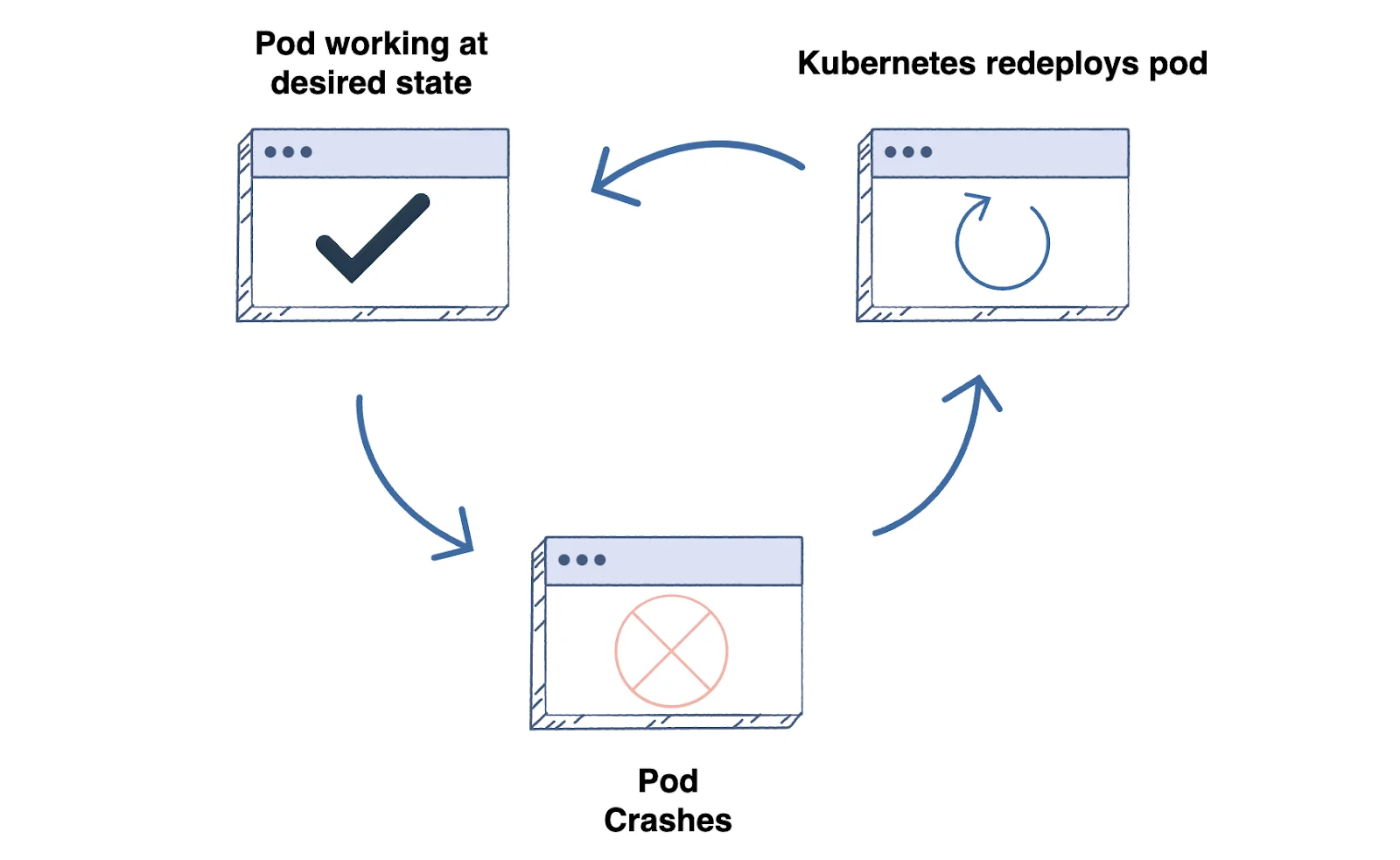

Developer productivity
With Kubernetes’ declarative system, it is easy to create new configuration of clusters and the related infrastructure. The abstraction provided by Platform APIs further enhances developer productivity.
Using Kubenetes management tools like Taikun will further help the platform teams to create a smooth front-end for effective deployments of the compute resources.
Resilient Ecosystem
CNCF landscape of tools are well maintained and constantly updated to tackle any gaps. This ensures that the ecosystem is always resilient and is ready to tackle any vulnerabilities that comes in the future.
Another advantage of this ecosystem is that all the individual tools and frameworks are loosely coupled, which means it is fairly easy to de-couple old tolls and integrate new ones into the system.
Efficient Management
Because of the standardization of Kubernetes across all major cloud service providers and the presence of its robust APIs – it has become easy to manage any changes and monitor the Kubernetes infrastructure.
This is further aided by tools like Taikun, which combines Observability principles with an intuitive interface. This make such tools a comprehensive management tool for all Kubernetes use cases.
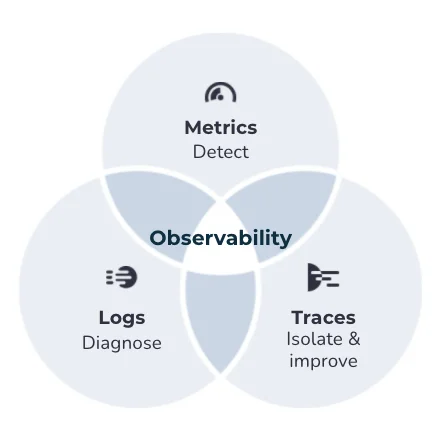

You can read more on how Taikun can help in Kubernetes management here.
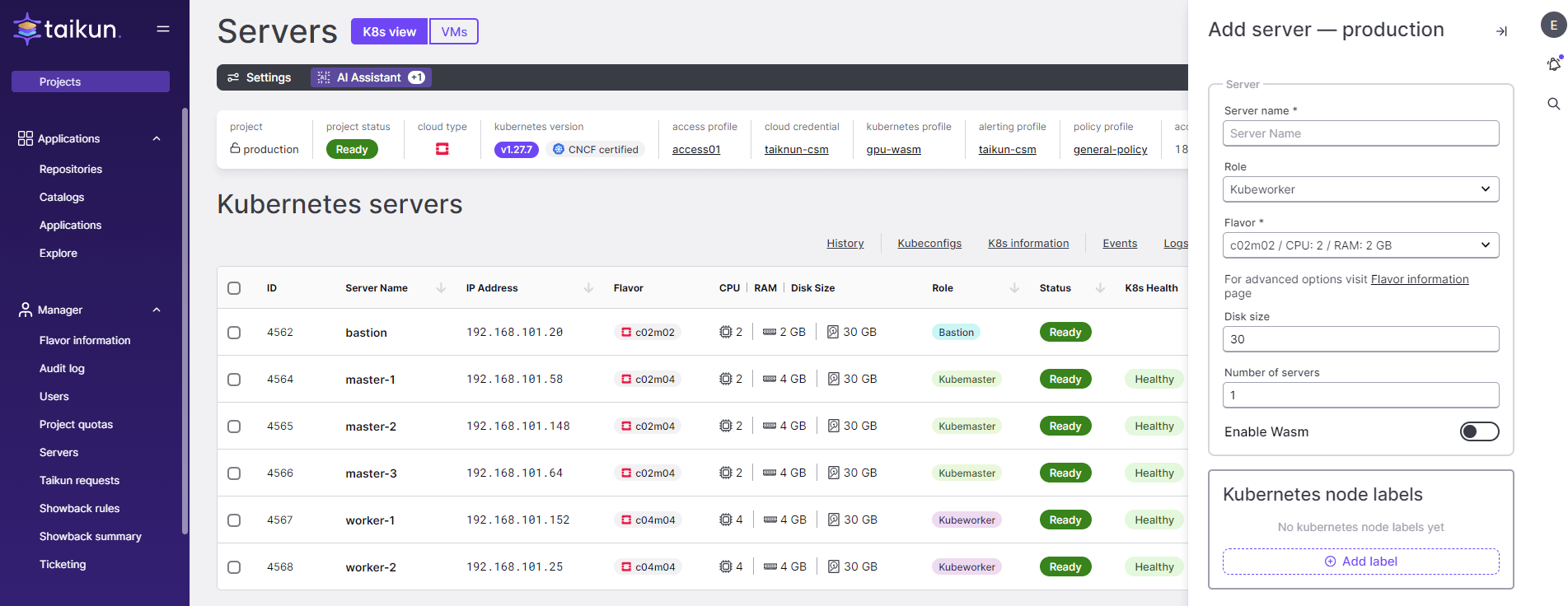

Source: Taikun
Principles of Platform Engineering using Kubernetes
To take maximum benefit of the Kubernetes features, some principles can help you build a robust Internal Developer Platform. Here are those principles:
1. Simplify your architecture.
Focus the end goal not the features. Always aim to simplify the infrastructure setup. Complex setups are difficult to manage and fix. For eg. if the solution doesn’t require multi-cloud architecture, avoid building one. Use the features that are easy for the team to handle.
2. Leverage GKE, AKS and EKS expertise.
Use the battle-tested cloud K8 setups like Google Kubernetes Engine (GKE), Azure Kubernetes Service (AKS), and AWS’ Elastic Kubernetes Service (EKS). These have been used in millions of use cases and make deployment and troubleshooting easier.
Don’t start from scratch. Use the Kubernetes compatibilities with Google Cloud, AWS and Azure. You can move on on-prem system when you cross a certain maturity level.
3. Standardization
Platform engineering is all about standardization. Focus all your efforts in bring developer teams to a common ground. It is essential for any Platform to succeed. Encourage cloud-agnostic Infrastructure-as-code and standardized deployments etc.
4. Immutability
Immutability is a principle where the individual components are replced with new ones instead of updating old ones. This DevOps concept is very effective is avoiding unforeseen errors. Kubernetes is inherently built with immutability. Any change in the YAMl file is implemented by killing older pods and creating new ones.
Apply the immutability principle across your architecture.
5. Observability
It is important that you create robust monitoring of every aspect of your architecture. Use the many monitoring tools that are available in the CNCF Kubernetes ecosystem. Alternatively, you can also use Taikun.
Taikun – Redefining boundaries of Kubernetes Management
At Itera, we believe setting up cloud system should be easy and intuitive. Your team is better served by focusing on larger issues like serving your customers better. That is why, our product Taikun takes care of all the complexities of Kubernetes management and gives you complete control of your Kubernetes management.
Within a few minutes, you can get up and running with your first Internal Developer Platform on Kubernetes using our Taikun dashboard.
Taikun Dashboard
Taikun Cloud works with all kinds of clouds – On-prem, hybrid, private or public. It has built-in, on-demand, self-service capabilities for resources. So, you never have to start from scratch.
The large application marketplace in Taikun also helps you automate the build, deployment, and management of Kubernetes and applications.
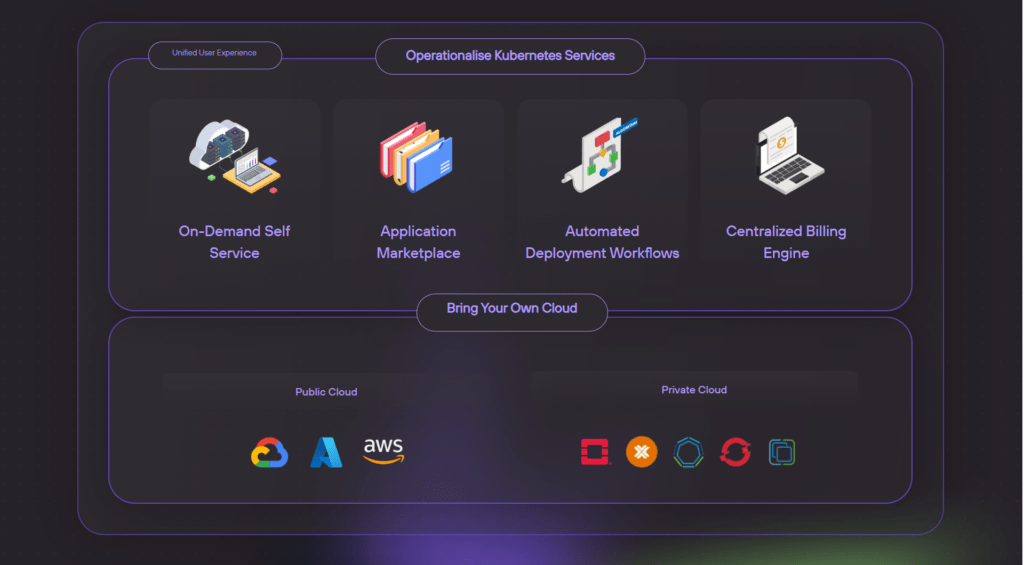

You can sign up at Taikun.cloud and start your platform engineering journey today. If you have questions, let’s talk! Schedule a quick demo with us, and we will help you quickly start your Platform Engineering journey with Kubernetes.





